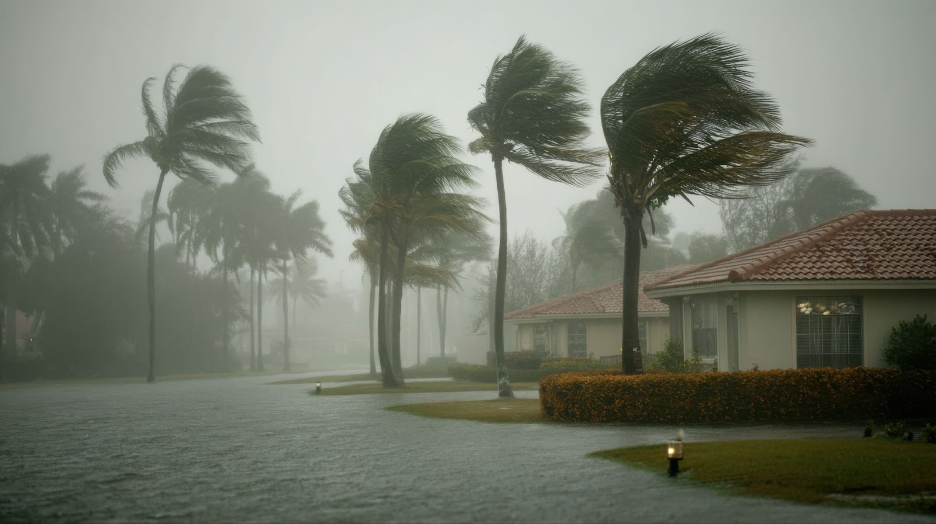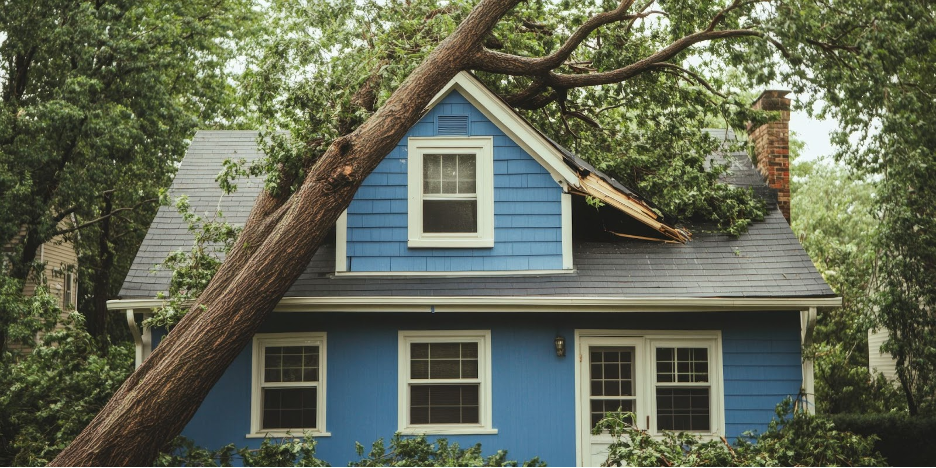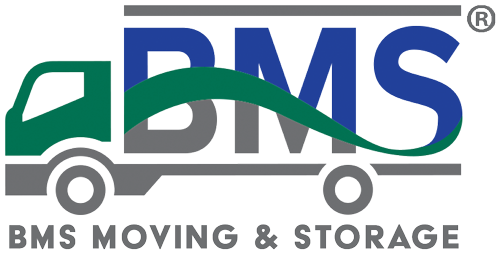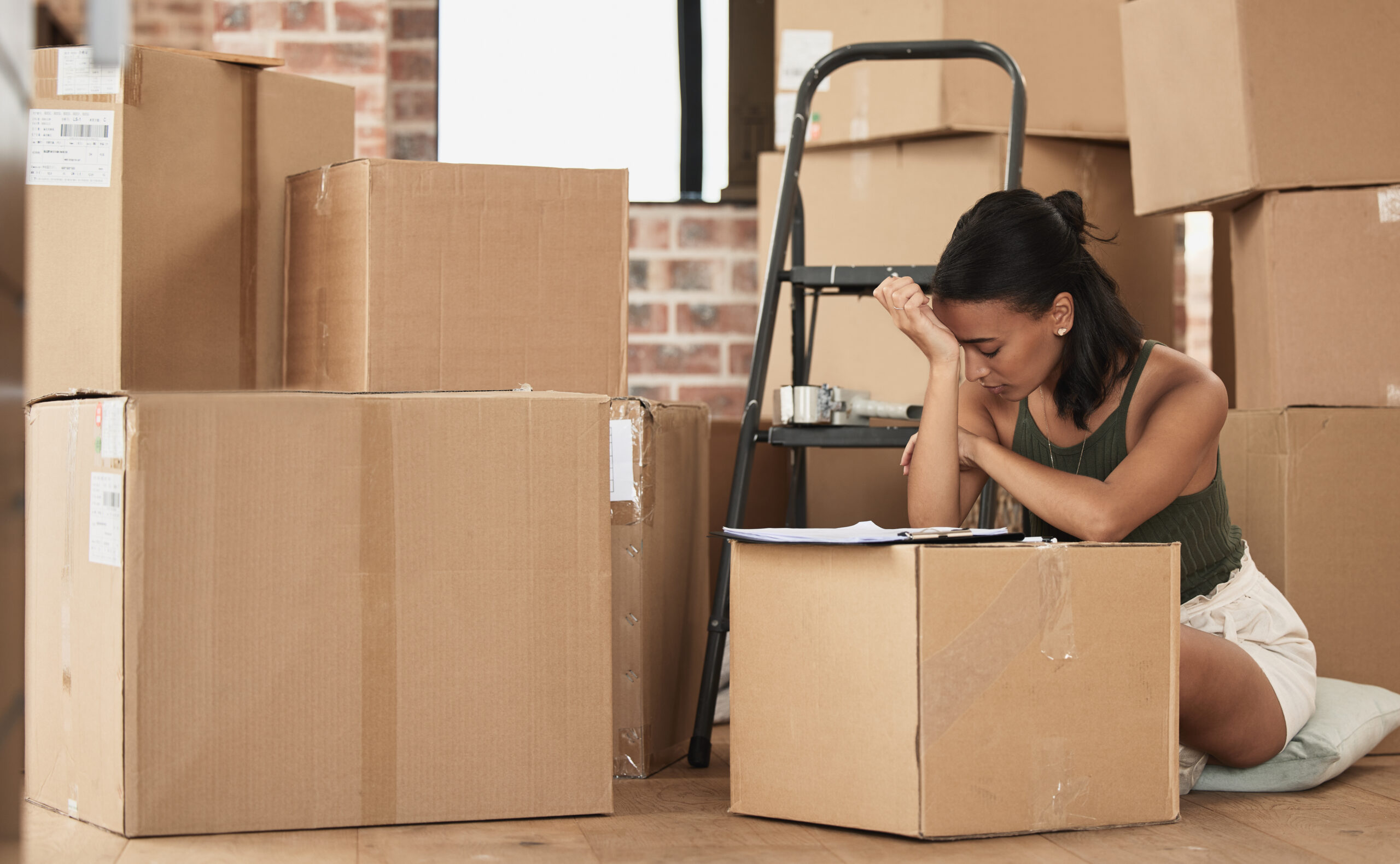- Home Lifestyle
- +1
- 6 Min Read
- Home Lifestyle
- Logistics
- 6 Min Read
What to Do With Furniture After Hurricane Damage?
-
Share

Hurricane season brings devastating winds, flooding, and storm surge that can destroy homes and belongings in a matter of hours. After the storm passes and you’re able to safely return to your property, one of the most overwhelming challenges is determining what to do with water-damaged, mold-affected, or structurally compromised furniture.
Making the right decisions about salvaging, cleaning, or discarding furniture after hurricane damage can save you money, protect your health, and help you recover faster.
Immediate Safety Assessment After Hurricane Damage
Before entering your home or touching any furniture, your safety must come first. Hurricane-damaged buildings can harbor serious hazard, including structural instability, contaminated floodwater residue, mold growth, and damaged electrical systems. Wait for official clearance from local authorities before entering your property, and never enter a building that shows signs of structural damage like sagging roofs, cracked foundations, or leaning walls.
Once cleared to enter, wear protective equipment including N95 masks, waterproof gloves, sturdy closed-toe shoes, and long pants. Document everything with photos and videos before moving or cleaning anything. Your insurance company will need this evidence for claims processing. Take wide shots of each room plus close-ups of individual furniture pieces showing damage like water lines, mold growth, structural damage, and fabric deterioration.
Turn offthe electricity at the main breaker if there’s any standing water or if furniture is near electrical outlets. Open windows and doors to begin ventilation, but don’t use fans until you’ve assessed for mold, as this can spread spores throughout your home. The first 24-48 hours after water exposure are critical for preventing permanent damage and mold growth.
Categorizing Furniture Damage Levels
Understanding the extent of damage helps you make informed decisions about each piece of furniture. Not all water-damaged furniture needs to be discarded, but some items pose serious health risks if kept.
- Clean Water Damage: This involves furniture exposed to water from broken pipes, rain, or condensation. Items in this category have the best chance of restoration if addressed within 48 hours. Solid wood furniture, metal pieces, and some synthetic materials can often be cleaned, dried, and restored to safe use. Quick action is essential. Begin drying immediately using fans, dehumidifiers, and proper ventilation.
- Gray Water Damage: Gray water contains some contamination from sources like washing machines, dishwashers, or toilet overflows (without feces). Furniture exposed to gray water requires thorough cleaning and disinfection. While solid, non-porous items might be salvageable with professional cleaning, upholstered furniture exposed to gray water typically needs disposal due to contamination that penetrates deep into cushions and fabric.
- Black Water Damage: Black water includes sewage, seawater, or rising river/ground water that contains dangerous bacteria, chemicals, and pathogens. Any furniture touched by black water should be discarded immediately. This includes all upholstered items, particle board furniture, and anything with foam or fabric components. The health risks from black water contamination far outweigh any potential savings from attempted restoration.
Salvageable vs. Non-Salvageable Furniture Guidelines
Making the salvage decision requires careful evaluation of each piece’s material, construction, sentimental value, and contamination level. Understanding what can and cannot be saved helps you focus restoration efforts where they’re most effective.
Generally Salvageable Items:
- Solid wood furniture without veneer can often be restored if dried properly within 48 hours
- Metal furniture typically survives water exposure with proper cleaning and rust treatment
- Glass and solid plastic furniture usually just need thorough cleaning and disinfection
- Hard surface tables and desks without particle board components may be restorable
- Wooden furniture with minimal upholstery that hasn’t developed mold
Items Requiring Disposal:
- Particle board or pressed wood furniture that has swelled or separated
- Any upholstered furniture exposed to contaminated water or showing mold growth
- Mattresses and box springs exposed to any category of water damage
- Furniture with extensive mold growth that’s been present over 48 hours
- Items made with materials that trap moisture like wicker or certain composites
- Baby furniture or items that can’t be completely disinfected for safety reasons

Professional Restoration Process for Valuable Pieces
Some furniture pieces warrant professional restoration due to their monetary value, antique status, or irreplaceable sentimental importance. Professional restoration services use specialized equipment and techniques that aren’t available to homeowners, significantly improving the chances of successful restoration.
Health Risks and When to Discard Furniture
Keeping contaminated furniture poses serious health risks that often outweigh the cost of replacement. Mold exposure can cause respiratory problems, allergic reactions, skin irritation, and severe complications for people with compromised immune systems, asthma, or allergies. Children and elderly individuals face heightened vulnerability to mold-related health issues.
Bacteria and pathogens from contaminated floodwater can survive in furniture long after it appears dry. These microorganisms can cause gastrointestinal illness, skin infections, and other serious health conditions. Chemical contaminants from floodwater, including pesticides, petroleum products, and industrial chemicals, can absorb into furniture materials and off-gas toxic fumes for months or years.
Discard furniture immediately if you notice:
- Visible mold growth that covers more than 10 square feet
- Strong musty odors that persist after cleaning
- Warping, swelling, or structural compromise
- Any furniture from children’s rooms exposed to contaminated water
- Items that can’t be completely dried within 48 hours
Working With Professional Removal Services
When extensive furniture disposal is necessary, professional removal services provide safe, efficient solutions. After hurricanes, many communities organize special bulk pickup services, but these can be overwhelmed and delayed. Private removal services offer faster response and proper handling of contaminated materials.
Professional removal services understand proper handling protocols for contaminated furniture. They use appropriate protective equipment, contain debris to prevent spreading contamination, and ensure proper disposal at approved facilities. Many services also handle the heavy lifting and navigation through damaged properties, reducing injury risk for homeowners already dealing with storm recovery stress.
Temporary Storage Solutions During Recovery
During home repairs after hurricane damage, you’ll need secure storage for salvageable furniture. Making smart storage decisions protects restored items and simplifies the rebuilding process.
Climate-controlled storage units provide ideal conditions for furniture awaiting return to your repaired home. These units maintain stable temperature and humidity levels, preventing mold growth and additional damage. Choose ground-level units for easier loading and ensure the facility has proper drainage and flood protection.
Tips for Furniture Replacement Planning
After dealing with damaged furniture, planning thoughtful replacement helps you rebuild better while managing costs. Consider your immediate needs versus long-term goals, and prioritize essential pieces that restore basic home functionality.
- Start with essential items like beds, dining seating, and basic storage. Look for water-resistant materials and finishes better suited to hurricane-prone areas. Solid wood, metal, and high-quality synthetic materials offer better flood resilience than particle board or heavily upholstered pieces.
- Consider modular furniture that’s easier to move quickly if future storms threaten.
- Take advantage of disaster relief programs and furniture banks that provide free or reduced-cost furniture to hurricane victims. Many retailers offer special financing or discounts for storm victims with insurance claim documentation.
- Join local community groups where neighbors share resources and information about furniture deals and donations.
Professional Moving Services for Post-Hurricane Situations
Hurricane recovery often requires temporarily relocating salvageable furniture or moving replacement items into repaired homes. Professional movers experienced in disaster recovery provide specialized services addressing unique post-hurricane challenges.
At BMS Moving & Storage, we understand the complexities of post-hurricane furniture handling. Our teams are trained in proper safety protocols and use appropriate equipment. We offer flexible storage solutions in our secure, climate-controlled facilities across our 17 nationwide locations, providing safe haven for your restored furniture during home repairs.
Taking Action After Hurricane Furniture Damage
Dealing with furniture after hurricane damage requires quick decision-making balanced with safety considerations. Furniture can be replaced, but your family’s health cannot be compromised. When in doubt about an item’s safety, err on the side of caution and disposal. Take advantage of professional services for restoration, removal, and moving to reduce stress during an already difficult recovery period.
If you need professional moving or storage services during your hurricane recovery, contact BMS Moving & Storage at (877) 638-1265. Our experienced teams provide safe, efficient furniture handling and flexible storage solutions to support your recovery journey. We’ll help you protect salvageable items and safely transport replacement furniture as you rebuild your home and life after the storm.



